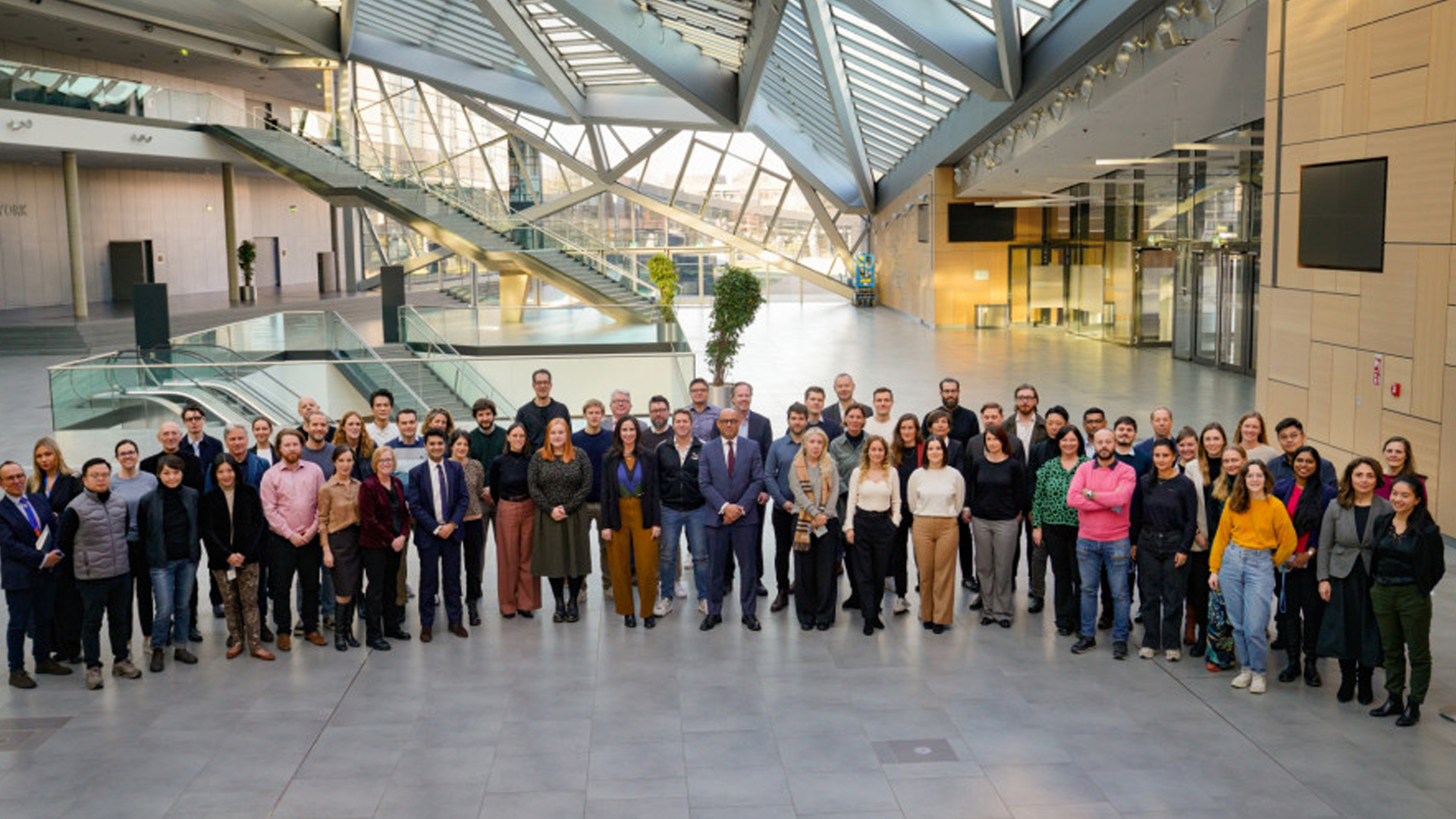Fashion industry must go 'further and faster' to drive climate action
- Home
- Blog Posts
- Fashion industry must go 'further and faster' to drive climate action

The fashion industry needs to move "faster and faster" to reduce emissions and show that the sector is serious about moving from cosmetic to systemic change, said UN Climate Change Executive Secretary Simon Stiell.
Speaking at a two-day meeting of the Fashion Industry Charter for Climate Action in Bonn, Germany last week, Stiell said some progress has been made - such as meeting basic submission requirements reporting, the disclosure of more climate-related information and collaboration, but that the industry still has a long way to go.
"Okay, but it's not enough," Stiell said. “After five years, the fashion industry has not reached the point where we can say that it is really changing and that it is being implemented. Less than half of active signatories meet the climate goals needed to limit global warming to 1.5 degrees Celsius. In general, their extensive supply chains are also not aligned with the objectives of the Charter. This is the reality".
The Fashion Charter was established with the support of UN Climate Change in 2018 to provide a pathway for the industry to achieve net zero emissions by 2050, in line with global efforts to limit warming to 1.5ºC. Other Charter commitments include sourcing 100% electricity from renewable sources by 2030, sourcing environmentally friendly raw materials, and phasing out coal from the supply chain by 2030.
Since its inception, the Charter has seen progress on industry-wide climate ambition, including increasing the signatory base to 101 companies, including Burberry, H&M Group, adidas, Chanel, Nike and PUMA, as well as suppliers such as Crystal International and TAL Apparel.
"What we have seen in the last four years is that climate action has moved to the top of our agendas," said Stefan Seidel, PUMA's head of corporate sustainability. "We see big players in the industry, be it companies or organizations, setting climate targets. And we see climate action or climate change being one of the main topics of discussion at almost every industry meeting today. So we can say that climate change has become a major issue in our industry in the last four years since the launch of the Charter."
Charter members are expected to report publicly each year on their progress against intermediate and long-term goals, through CDP, a non-profit charity. Last year, 10 signatories to the Charter made CDP's A List of Companies, demonstrating true leadership in the industry. CDP data shows that currently 45% of active signatories to the Charter meet the public climate goal setting required to keep global warming below 1.5ºC.
However, Stiell said the fashion industry's emissions remain "exorbitantly high" as it emits the same amount of greenhouse gases annually as all the economies of France, Germany and the UK combined.
"It's clear that this sector needs to move faster and faster," Stiell said. "You have to speed up the pace of implementation of this Charter and broaden its scope. You have to reduce emissions as quickly as possible."
This is going to require a radical degree of collaboration, backed by accountability to make sure that companies deliver on the commitments they have made.
"The fashion industry is extremely competitive and as someone who has spent a lot of time in the private sector, I am fully aware of what it is like to be sitting here among your competitors," Stiell said. "But this is the only way to work if we want to get where we need to be."
Catherine Chui, Crystal International's Vice President of Corporate Quality and Sustainability, agreed, saying collective action strengthens the industry. Her company is one of the largest clothing manufacturers in the world, with 20 factories in five countries and an annual turnover of $2.1 billion.
"The Fashion Industry Charter provides us with an excellent platform to collaborate with brands and other stakeholders to reduce emissions," Chui said. "As a signatory and one of the members of the steering committee of the Fashion Charter, I also look forward to working with more manufacturers and for them to be encouraged and join us in following this path."